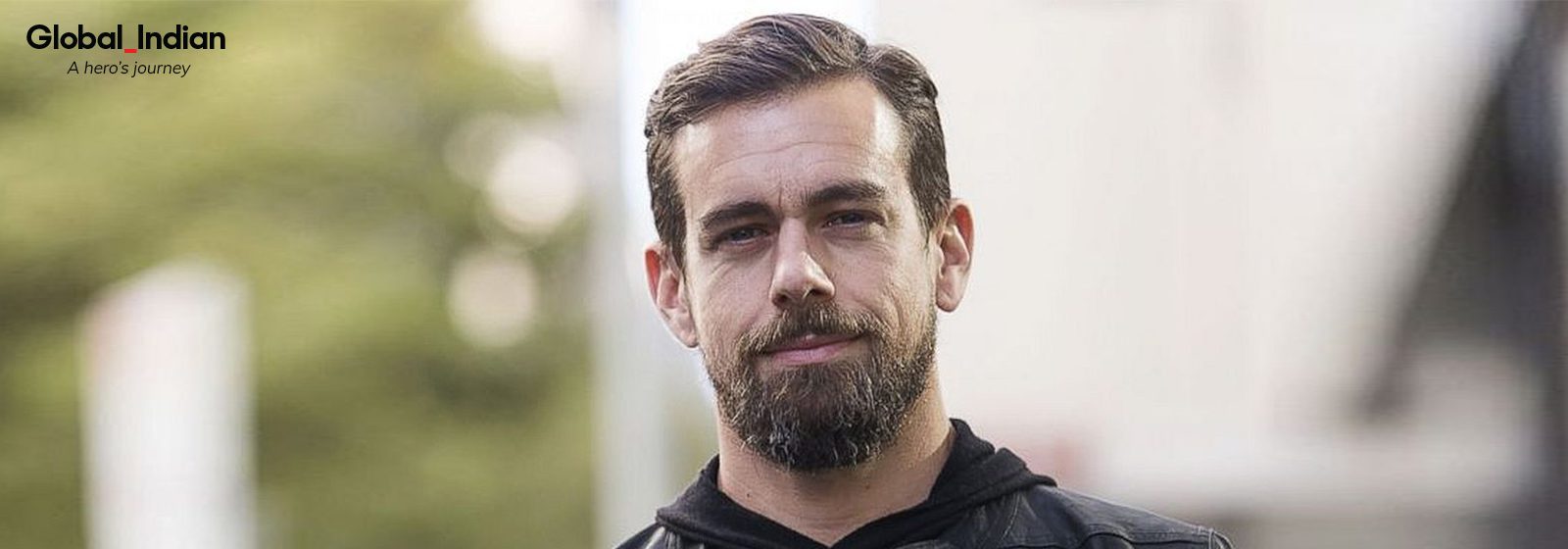(Our Bureau, May 28) Twitter and New Delhi are involved in a war of words over scuttling free speech amid the American company’s non-compliance of India’s new social media intermediary norms. In a statement yesterday, Twitter accused the Centre of “dangerous overreach that is inconsistent with open, democratic principles” and alleged it has been forced to block portions of “legitimate free speech”. Though Twitter did not disclose details, the two sides were at loggerheads some months ago over blocking more than 1,400 users accused of using inflammatory language during the farmers’ protests. The Jack Dorsey-led company eventually complied.
In a statement yesterday, Twitter accused the Centre of “dangerous overreach that is inconsistent with open, democratic principles.”
‘Manipulated Media’
Twitter once again came on the establishment’s radar after it recently marked posts by some BJP leaders on an alleged ‘Congress toolkit’ as ‘manipulated media’. Further, the microblogging giant said it fears for employees’ safety amid “intimidation tactics” by law enforcement agencies — Twitter’s Gurgaon and Delhi offices were visited by police on Monday as part of a probe in the ‘manipulated media’ matter.

Intermediary norms
The company also expressed concerns over the new intermediary norms which make social media majors liable for criminal and civil action over third-party content on their platforms. Twitter and its ilk are also required to enable a complaint redressal mechanism and trace the ‘first originator’ of information found to ‘undermine the sovereignty of India, security of the state, or public order.’ Twitter wants the IT ministry to seek public consultation on the norms and extend implementation timelines by three months. The rules came into force on May 26
“India has a glorious tradition of free speech and democratic practices dating back centuries. Protecting free speech in India is not the prerogative of only a private, for-profit, foreign entity like Twitter,” the Centre said in a statement.
New Delhi’s retort
Hours after Twitter’s statement, the Centre released a statement on Twitter’s India rival Koo accusing the microblogging leader of dictating terms to the world’s largest democracy. “India has a glorious tradition of free speech and democratic practices dating back centuries. Protecting free speech in India is not the prerogative of only a private, for-profit, foreign entity like Twitter,” the statement read. The government said Twitter itself has been scuttling free speech through its opaque policies and accused the company of not complying with the law of the land.

